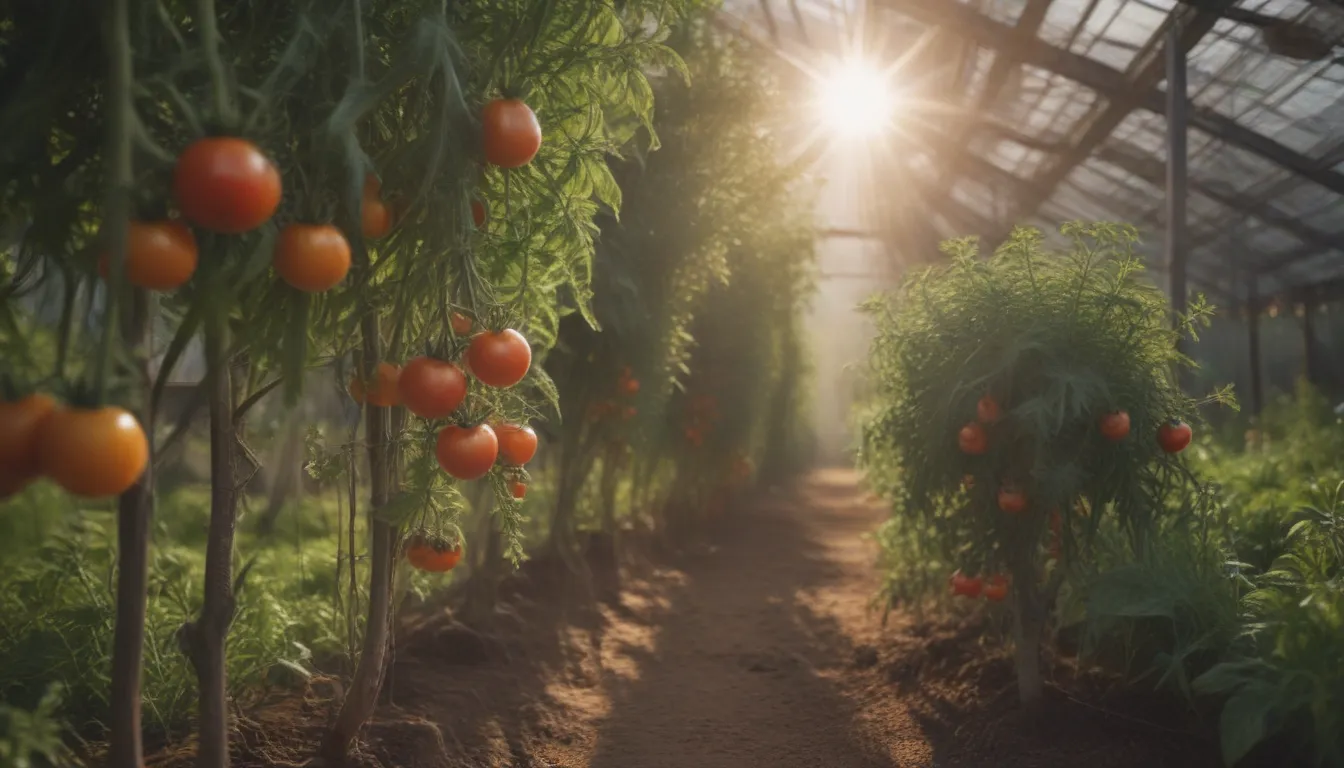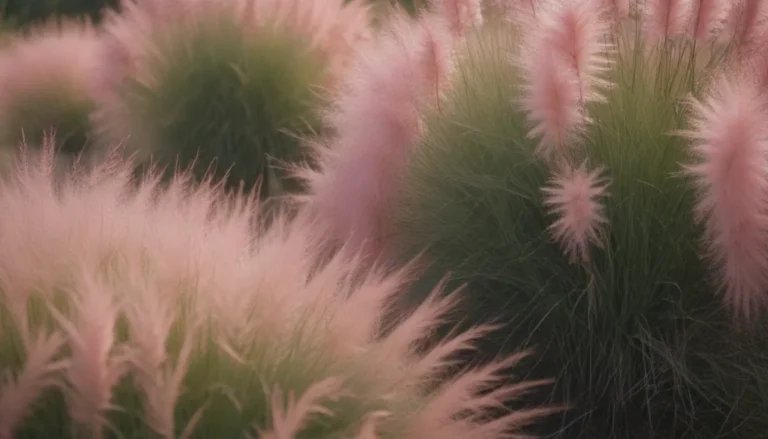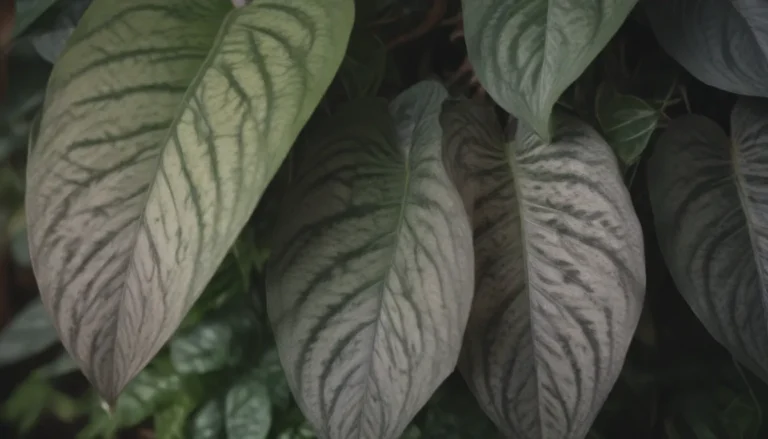The Importance of Sunlight for Tomato Plants: Everything You Need to Know

As a gardener, watching your tomatoes grow and waiting for that first ripe, juicy tomato can be an exciting and rewarding experience. However, if your tomatoes are taking longer to ripen than expected, you may be wondering if they are getting enough sunlight. Sunlight plays a crucial role in the growth and development of tomato plants, providing the energy needed for photosynthesis and raising soil and air temperatures. In this article, we will explore the importance of sunlight for tomato plants, how much sun they need at different growth stages, and how to ensure they are getting the right amount of light to thrive.
Understanding Full Sun Requirements for Tomatoes
Full sun is defined as six to eight hours of sunlight per day, typically during the late morning through afternoon hours. Tomatoes thrive in full sun conditions, as adequate sunlight is essential for their growth and development. Insufficient sunlight can lead to poor fruit production, weakened vines, and increased susceptibility to diseases and pests.
Light Requirements for Different Growth Stages of Tomatoes
Tomatoes have varying light requirements at different stages of growth. It is essential to provide the right amount of sunlight during each stage to ensure healthy plant development and optimal fruit production.
Vegetative Stage
During the vegetative stage, which lasts around 30 to 45 days after transplanting, tomato plants focus on growing vines and leaves. Adequate sunlight is crucial during this stage, as it provides the energy needed for photosynthesis and nutrient absorption. A minimum of six hours of bright, direct sun is necessary to support healthy growth during the vegetative stage.
Flower/Early Fruit Stage
Around 30 to 45 days after transplanting, tomato plants will begin to produce small yellow flowers, signaling the start of fruit development. During this stage, light energy plays a vital role in flowering and fruit set. Providing six to eight hours of sunlight can help boost fruit production, while excessive heat above 85 to 90 degrees Fahrenheit can hinder flower production and fruit development.
Ripening Stage
Approximately 30 days after the appearance of fruit, tomatoes enter the ripening stage. Optimal temperatures between 70 to 75 degrees Fahrenheit are ideal for pigment development, which gives tomatoes their red color. Excessive heat can inhibit pigment production and lead to issues such as sunscald and uneven ripening. Providing six to eight hours of sunlight is still necessary during the ripening stage to maintain healthy plants and ensure uniform ripening.
Morning vs. Afternoon Light: Finding the Right Balance
The amount of sunlight your garden receives can vary based on its orientation, location, and environmental factors. Both morning and afternoon light are essential for tomatoes to thrive, as they provide the energy needed for photosynthesis and growth. Morning light helps dry dew, decreases nutrient loss, and kickstarts photosynthesis, while afternoon light maintains energy levels for healthy growth.
Why Tomatoes Need Morning Light
Morning light is crucial for tomatoes as it dries dew, reduces nutrient loss, and initiates photosynthesis. The sun is strongest around noon, providing the highest amount of energy for plant growth. Locations that receive morning sunlight start the daily growth cycle with quality exposure, setting the stage for healthy plant development.
Why Tomatoes Need Afternoon Light
Afternoon light extends the daily energy and growth cycle for tomatoes, supporting photosynthesis and growth throughout the day. However, in regions with high temperatures, excessive heat levels in the afternoon can pose challenges for tomato plants, leading to flower drop and reduced fruit production. It is essential to find a balance between morning and afternoon light to support healthy plant growth.
Ways to Provide Optimal Sunlight for Tomato Plants
While sunlight is essential for tomato plants, excessive exposure can lead to issues such as sunscald, cracking, and reduced harvests. To ensure your tomatoes receive the right amount of sunlight, consider the following tips:
- Ensure your tomato plants receive at least six hours of bright, direct sun per day
- Avoid excessive heat and high humidity by providing afternoon shade or using shade cloth
- Consider the use of shade cloth to protect your plants from intense sunlight
- Choose tomato varieties that can tolerate partial shade if your garden has limited sunlight
By following these tips, you can ensure that your tomato plants receive the right amount of sunlight to thrive and produce healthy, delicious fruits. Remember that each stage of tomato growth has specific light requirements, so adjust your plant care accordingly to support optimal development.
In conclusion, sunlight is essential for the growth and development of tomato plants. By understanding the light requirements at each growth stage and providing the right balance of morning and afternoon light, you can help your tomatoes thrive and produce bountiful harvests. Remember to monitor your plants regularly, provide adequate sunlight, and address any issues promptly to ensure a successful growing season. Happy gardening!





